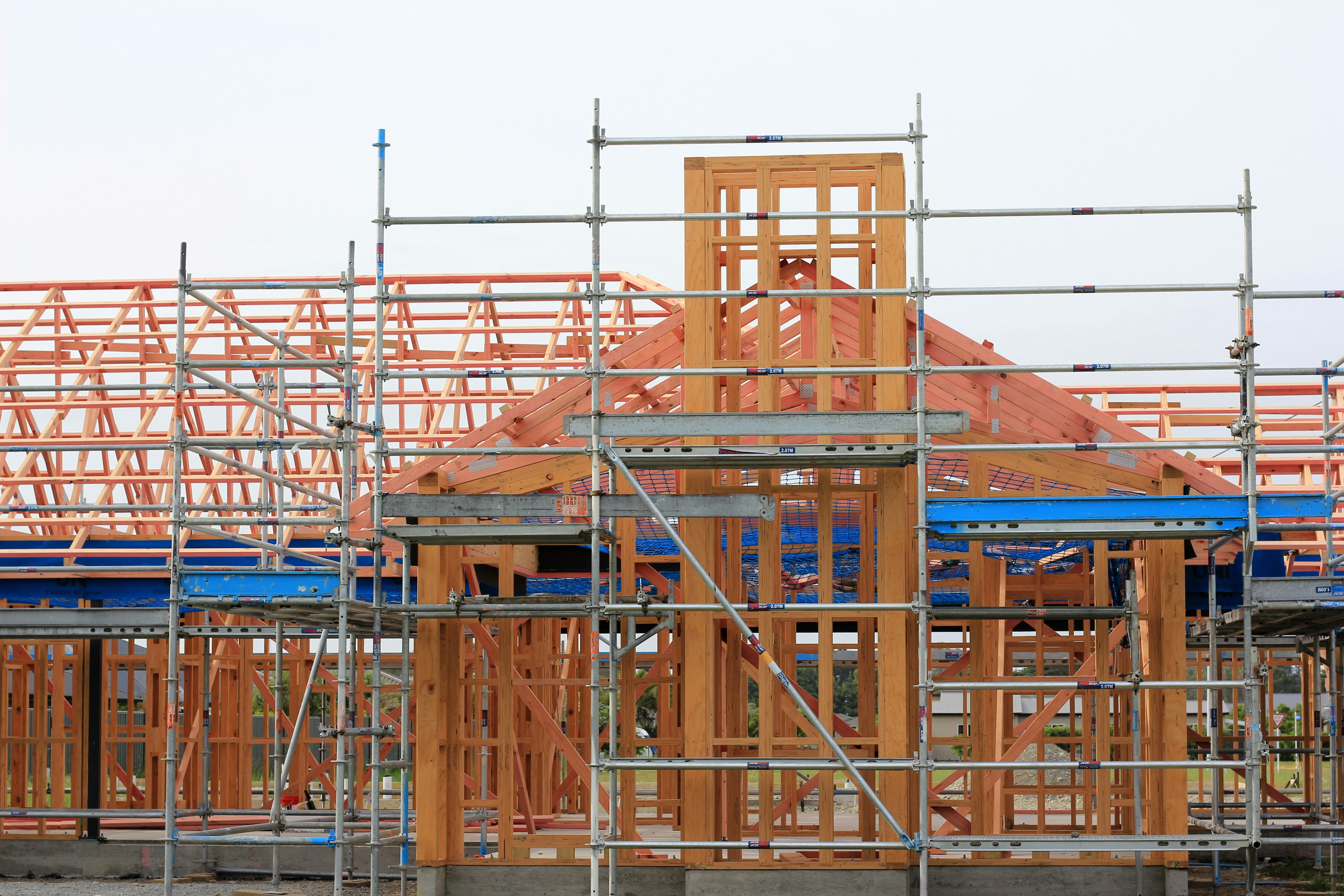
Unlock Success With Must-Have Construction Management Tools
Keeping a construction project on track requires careful coordination, real-time communication, and efficient resource management. The right construction management tools can help streamline scheduling, track progress, manage budgets, and enhance team collaboration. This article explores key features of these tools, highlights top solutions for effective project management, and shares best practices for maximizing their impact. Read on to discover how these tools can improve efficiency, reduce delays, and enhance project outcomes.
Key Takeaways
Effective construction management tools enhance communication and collaboration among project stakeholders
Choosing the right tools impacts project success and helps to stay on budget
User-friendly interfaces reduce confusion and support smooth project execution
Continuous training on software improves team efficiency and project outcomes
Integrating tools with existing processes ensures better organization and workflow
Key Features of Effective Construction Management Tools

Enhancing team communication through technology is essential in construction projects. Tools like instant messaging and collaboration tools improve interactions among team members. Streamlining project documentation ensures all deliverables are easily accessible. Effective tracking of progress and time helps stay on schedule while managing budgets and financial resources keep projects financially sound. Improving task and workflow management leads to a more organized process.
Enhancing Team Communication Through Technology
Effective communication is a cornerstone of successful construction projects. Utilizing construction-specific scheduling tools teams can create detailed Gantt charts for visual project tracking, making sharing updates with all stakeholders easier. A user-friendly interface improves accessibility and minimizes confusion, while customer support tools help resolve issues quickly, ensuring the flow of knowledge and facilitating timely communication.
Gantt charts help with clear project tracking.
Smartsheet improves collaboration and accessibility.
User-friendly interfaces reduce confusion and errors.
Customer support tools offer quick issue resolution.
Sharing knowledge enhances overall project communication.
Streamlining Project Documentation
Streamlining project documentation involves using effective management tools to organize and simplify essential data. Diagrams can visually represent timelines and policies, creating clear pathways for problem-solving. By keeping all documents in one place, teams can track fees related to the project and maintain control over costs, directly affecting the overall price and success of the construction effort.
Tracking Progress and Time Effectively
Effectively tracking progress and time is crucial for successful construction projects. By using advanced contract management tools, subcontractors can keep detailed checklists that monitor every project phase, allowing for timely client updates. Strong leadership ensures that all team members are aligned with project goals, leading to better outcomes and satisfied clients.
Managing Budgets and Financial Resources
Managing budgets and financial resources effectively is key to achieving a strong return on investment in construction projects. Utilizing a structured methodology helps teams stay on track, mitigating risks such as scope creep that can inflate costs. By ensuring all submittals are precise and accurate, teams can maintain transparency with customers and stakeholders, fostering trust and enhancing project success.
Improving Task and Workflow Management
Improving task and workflow management is essential for efficient construction projects. Advanced project management platforms help teams create and manage punch lists, ensuring every detail is accounted for before project completion. By integrating innovation with safety practices and organizing essential documents with accounting software, teams can enhance collaboration and streamline daily operations, ultimately leading to successful project outcomes.
Top Tools for Successful Construction Management

Selecting the right tools for construction management is essential for streamlining workflows, maintaining budgets, and ensuring projects stay on schedule. The best solutions integrate scheduling, task management, budget tracking, and team collaboration features to improve efficiency and minimize project risks. This section explores essential construction management software, comparing free and paid options, evaluating user experience, and guiding professionals in choosing the most effective tools for their specific needs.
Overview of Essential Construction Management Software
Construction management software helps teams oversee every stage of a project, from planning and budgeting to execution and completion. These tools provide real-time updates, document management, and communication features that enhance collaboration between contractors, project managers, and on-site teams. While general project management software can assist with task organization, specialized construction software offers features such as blueprint access, permit tracking, and resource allocation that are essential for smooth project execution.
Comparing Free and Paid Construction Management Tools
When selecting construction management tools, contractors and project managers must weigh the benefits of free versus paid options. Free software may provide basic scheduling and document-sharing capabilities, but it often lacks the advanced features needed for complex projects. Paid solutions typically offer robust features, such as real-time budget tracking, change order management, and enhanced version control, ensuring projects remain organized and on budget.
Key Considerations When Choosing Between Free and Paid Tools:
Free tools often lack construction-specific features like RFIs, bid management, or subcontractor coordination.
Paid tools provide integrations with estimating, cost control, and field management solutions.
Support and training resources are typically more comprehensive with paid software, reducing onboarding time.
Scalability is a crucial factor—paid tools grow with project complexity and team size.
Evaluating User Experience and Support
A construction management tool’s effectiveness depends not only on its features but also on its usability and support. A well-designed platform with intuitive navigation ensures that teams can efficiently manage schedules, contracts, and materials without unnecessary delays. Strong customer support options, such as on-demand training and live assistance, can make a significant difference in adoption and long-term success.
Factors to Consider When Evaluating Software Usability:
Interface design – A clean, intuitive dashboard simplifies project oversight.
Training resources – Availability of tutorials, webinars, and user guides.
Integration capabilities – Compatibility with existing tools like accounting software and BIM solutions.
Customer support – Access to live support, troubleshooting, and regular updates.
Choosing the Right Tool for Your Construction Project
The best construction management software should align with project size, complexity, and team requirements. Whether managing blueprints, coordinating subcontractors, or tracking expenses, selecting the right tool ensures smoother operations and fewer project delays.
Mobile Accessibility
Why It Matters: Enables on-the-go blueprint access and real-time updates.
Recommended Tools: Procore, PlanGrid.
User-Friendly Interface
Why It Matters: Simplifies task tracking and reduces errors.
Recommended Tools: Buildertrend, CoConstruct.
Advanced Scheduling
Why It Matters: Ensures project timelines are met and tasks stay on track.
Recommended Tools: Microsoft Project, Primavera.
Cost Management
Why It Matters: Helps track expenses and prevent budget overruns.
Recommended Tools: Sage 300, CMiC.
Best Practices for Utilizing Construction Management Tools

Setting clear objectives and goals is vital for ensuring the effective use of construction management tools. Training teams on software like PlanGrid enhances workflow and increases organization. Integrating tools with existing processes allows for smoother transitions while regularly reviewing and adjusting tool use keeps projects aligned. Monitoring performance metrics aids in risk assessment and helps track outcomes, ensuring success.
Setting Clear Objectives and Goals
Defining clear objectives and goals is crucial for maximizing the effectiveness of construction management tools. Well-established milestones help teams stay aligned, improve communication, and enhance workflow efficiency. By integrating progress tracking, quality assurance, and budget management, construction professionals can mitigate risks, prevent delays, and keep projects on schedule.
Training Your Team on Software Usage
Training the team on software usage is essential for maximizing the effectiveness of construction management tools. Effective training programs create a strong communication channel among team members, allowing them to utilize features such as kanban boards for task management and file sharing for easier collaboration. By focusing on practical uses, such as tracking contracts and implementing risk mitigation strategies, teams can ensure everyone is equipped to navigate the software confidently, leading to improved project outcomes.
Integrating Tools With Existing Processes
Integrating construction management software with workflow automation and existing processes can enhance overall efficiency and productivity. Teams can successfully streamline communication and document sharing by ensuring that all users know how these tools work alongside current workflows. Additionally, incorporating robust data security measures during this integration helps safeguard sensitive information and supports effective human resource management, leading to smoother project execution.
Regularly Reviewing and Adjusting Tool Use
Regularly reviewing and adjusting tool use is essential for maximizing efficiency within a construction workspace. This practice involves assessing the current software for automation capabilities and ensuring that the tools align with the overall project strategy. For instance, conducting a feasibility study on building information modeling can reveal valuable insights, enabling teams to adapt quickly to changing project needs and improve communication.
Monitoring Performance Metrics and Outcomes
Monitoring performance metrics and outcomes is essential for achieving success in construction management. By establishing a single source of truth, teams gain visibility into key data, such as inventory levels and cash flow, which helps make informed decisions. This approach aligns with digital transformation initiatives that enhance efficiency and drive project success by providing real-time insights, allowing teams to address any issues that may arise swiftly.
Getting Started With Essential Tools for Construction Management

Starting with essential tools for construction management involves several key steps. First, evaluating current project management processes helps identify areas for improvement. Next, implementing chosen tools, such as a document management system, supports quality management and risk mitigation. Setting up training and support systems, gathering feedback from the team, and continuing education ensure effective use and enhance the team's reputation, allowing for better project outcomes.
Evaluating Your Current Project Management Processes
Evaluating current project management processes is a crucial step in enhancing efficiency within construction projects. By assessing workflows and identifying bottlenecks, teams can adopt agile software development practices that foster a culture of continuous improvement. Additionally, implementing encryption for sensitive data related to architecture ensures that projects run smoothly and maintain the highest security standards, ultimately leading to successful project outcomes.
Implementing Your Chosen Tools
Implementing chosen construction management tools requires a clear strategy to align the team's objectives with the software's capabilities. For instance, teams should track billable hours and expenses accurately to optimize financial management and ensure that project budgets remain intact. Setting up features like email address notifications for updates on project charts can further improve communication among team members, helping them stay on track with tasks and deadlines.
Setting Up Training and Support Systems
Setting up training and support systems is essential for maximizing the effectiveness of construction management tools. By providing comprehensive training on document management and integrated project delivery, teams can enhance accessibility and improve overall productivity. Establishing a robust support framework ensures that all team members receive assistance in using tools effectively, which directly impacts quality control and the successful completion of projects:
Implement a structured training program for all team members.
Focus on document management and integrated project delivery methodologies.
Ensure accessibility of resources and support materials.
Encourage feedback to improve training effectiveness.
Monitor the impact on productivity and quality control regularly.
Gathering Feedback From Your Team
Gathering feedback from team members is essential for successful construction management. By creating an open environment for sharing thoughts on tools, teams can gain valuable insights to enhance their workflows. Utilizing methods such as Kanban boards allows teams to visualize tasks, making capturing and addressing concerns in real time easier and improving project outcomes.
Encourage open communication among team members.
Utilize tools like Revizto for collaboration and editing feedback.
Implement kanban boards to visualize and track tasks.
Leverage Capterra to explore software options based on team input.
Regularly assess feedback to refine construction management processes.
Continuing Education and Upgrading Tools as Needed
Continuing education is essential for construction industry professionals who want to stay ahead. Regular training sessions ensure that teams are efficient in design and collaboration. By upgrading tools and processes as necessary, organizations can effectively address challenges, improve cost accounting practices, and enhance risk management strategies, ultimately increasing the value of their investment management efforts.
Conclusion
Effective construction management tools drive project success and enhance team collaboration. Streamlined communication and organized documentation lead to efficient workflows and timely project completion. By utilizing the right tools, professionals can effectively manage budgets, track progress, and optimize resources, reducing the risk of costly delays. Investing in these must-have tools boosts efficiency and helps teams achieve their project goals confidently and clearly.


